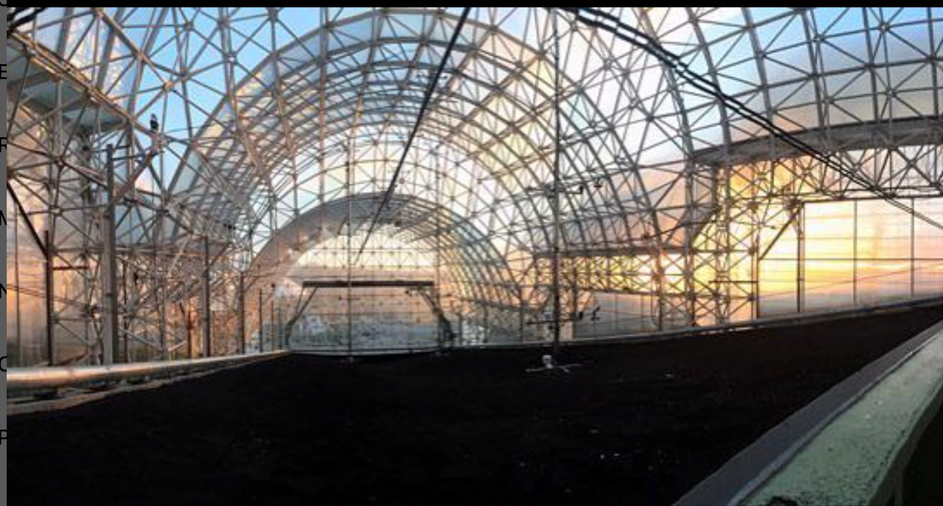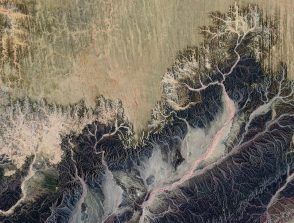Metal(loid) Isotope Fractionation in a Model Mesoscale Hillslope
Studying connections between flow and geochemistry in a model mesoscale hillslope.

Start: 03 August 2022
Supervisors :
Julien Bouchez, Jennifer Druhan
Related teams :
External Envelopes Geochemistry
Related themes :
Earth System Science
Status: In progress
The weathering of silicate rock in hillslopes sets the chemical characteristics of headwater streams, the transport of mass from continents to oceans, and serves as critical feedback between atmospheric CO2 and the land surface. Natural hillslopes are complicated and difficult to constrain while weathering rates in typical flow-through columns in a laboratory are too slow to capture even a simplified representation of an upland watershed.
Our research investigates the relationship between fluid flow paths and stream chemistry by combining stable silicon isotopes (δ30Si) with reactive transport modeling (RTM) in a uniquely constrained and highly instrumented system, the Landscape Evolution Observatory (LEO). LEO behaves like an upland watershed devoid of vegetation but is far simpler and controllable than a natural system. LEO located at the Biosphere 2 facility, in Tucson Arizona, USA. Through this project, we seek to improve our understanding of the silicon isotope signatures of upland watersheds as they relate to the characteristic flow paths and fractionation pathways of a system.








